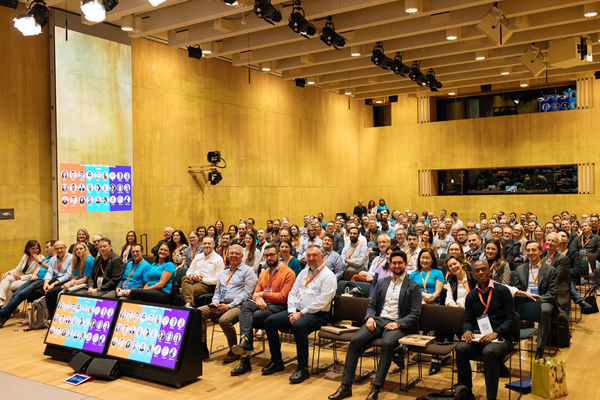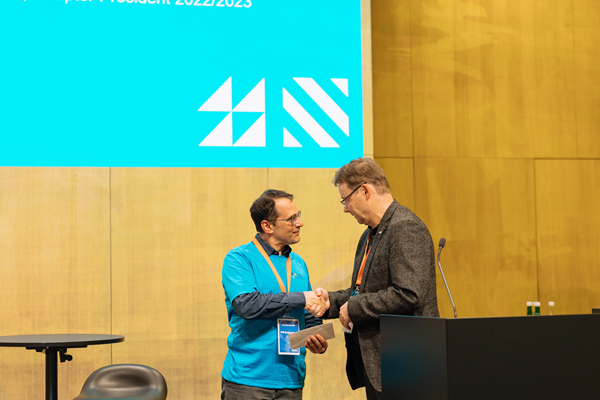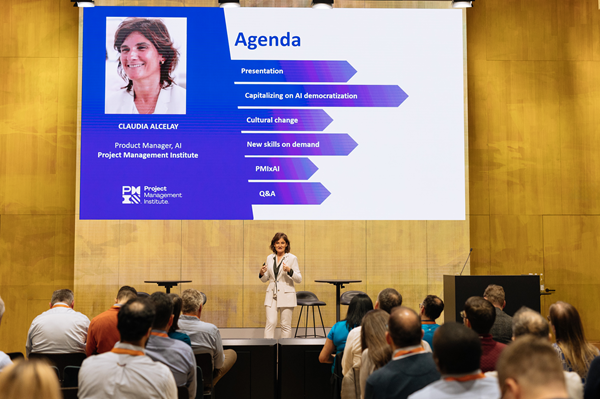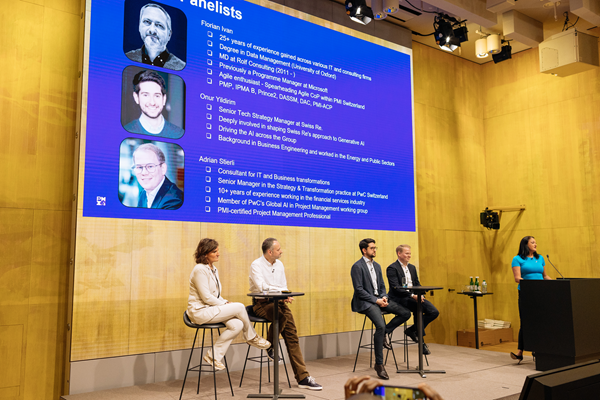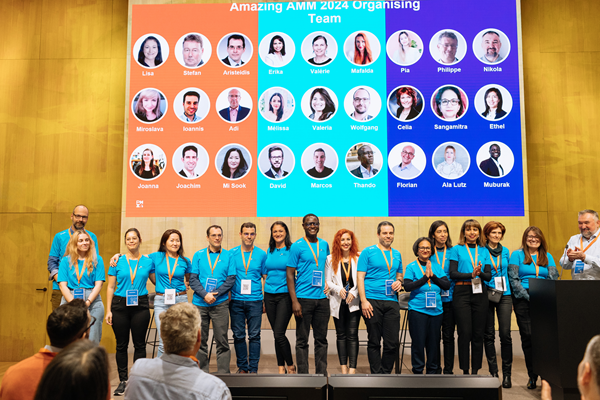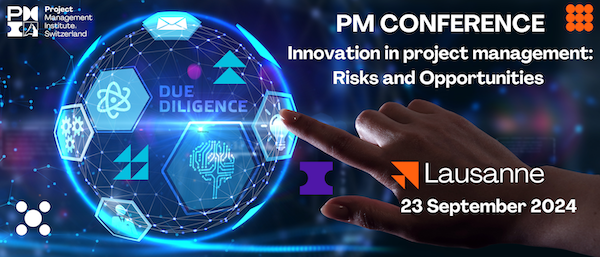Introducing Yodel-Scrum
Elevating Project Management with Swiss Precision and Melodic Collaboration
Author: David Puippe, PMP, PMI-ACP, PMI-PBA 
Dear PMI Switzerland Community,
As we navigate the intricate landscape of project management, it is essential to embrace innovation, and explore methodologies that push the boundaries of traditional practice.
Today we're thrilled to introduce a groundbreaking project management approach, one which leverages the seamless coupling of 'the precision of Swiss timekeeping' and 'the harmonious art of yodeling'... The Yodel-Scrum Framework.

Unveiling the Yodel-Scrum Framework - A Symphony of Collaboration
Imagine a project management methodology where tasks are not merely assigned, but expressed melodically... Where Sprint Planning sessions are conducted according to the rhythm of an Alpine symphony... and where Daily Stand-ups resonate with the harmonious echoes of yodeling. This is the essence of Yodel-Scrum.
How it Works - Navigating Projects with Musical Precision
In Yodel-Scrum, User Stories are transformed into memorable melodies, each note being representative of a task's priority and complexity. Sprints begin and end with synchronised yodeling sessions, fostering collaboration and teamwork. Daily Stand-ups become lively gatherings, within which, team members are able to communicate progress and impediments through the unique language of yodeling.
The Role of the Yodel-Scrum Master - Maestro of Melodic Management
At the helm of every Yodel-Scrum project is the Yodel-Scrum Master. The role is that of a skilled conductor who is responsible for orchestrating yodeling sessions, ensuring harmony within the team, and keeping projects on track with Swiss precision. With a blend of yodeling prowess and project management expertise, the Yodel-Scrum Master leads teams to new heights of success.
Embracing Innovation with a Hint of Swiss Humor
Whilst the Yodel-Scrum Framework may seem unconventional, it embodies the spirit of innovation and collaboration that underpins the Swiss approach to excellence. As we embrace this playful, yet effective methodology, let us remember that sometimes, the path to success is best accompanied by a joyful yodel.
Join the Yodel-Scrum Movement - Harmonize Your Projects with Swiss Precision
We invite you to embark on this musical project management excellence journey with us. Embrace the Yodel-Scrum Framework, and discover the transformative power of Swiss precision and melodic collaboration. Together, let's reach new heights, and create harmonious symphonies of success in our projects.
Happy Yodeling, and Happy April 1st! ;)


